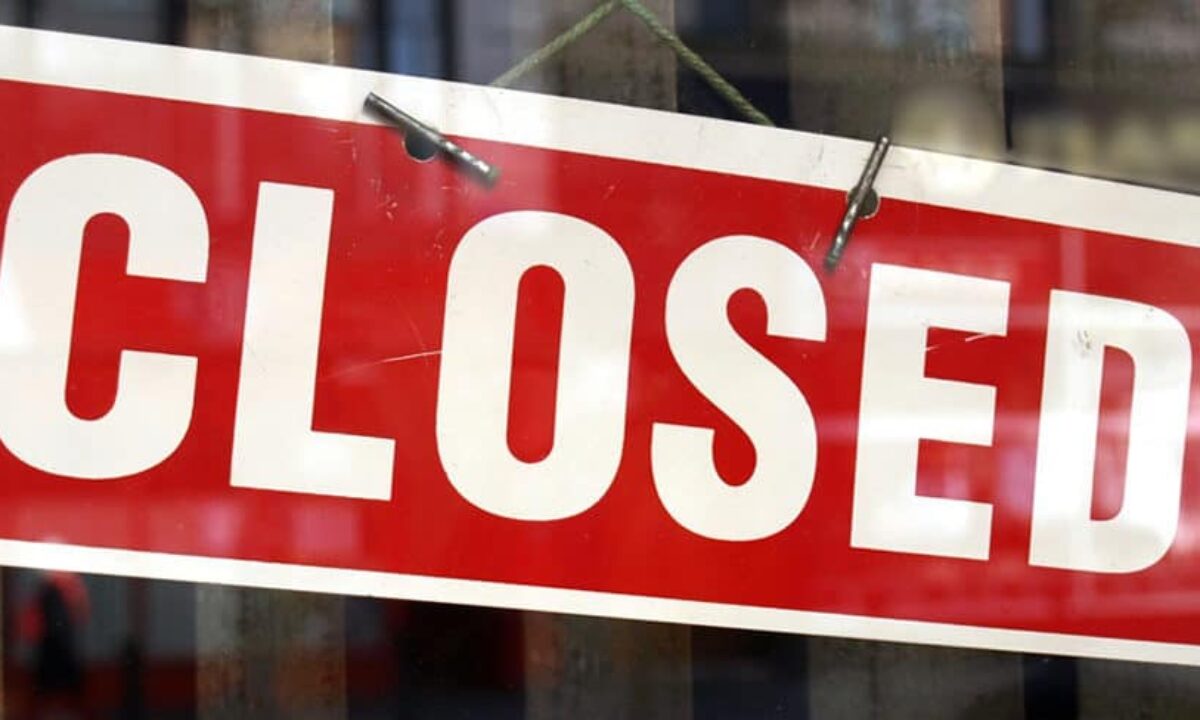7 Simple Techniques For Company Liquidation
7 Simple Techniques For Company Liquidation
Blog Article
The Ultimate Guide To Company Liquidation
Table of ContentsThe Facts About Company Liquidation UncoveredThings about Company LiquidationAn Unbiased View of Company LiquidationSome Known Incorrect Statements About Company Liquidation The Buzz on Company Liquidation
A liquidator is particularly selected to manage the ending up of a firm's events in order for it to be shut down commonly when the firm is declaring bankruptcy. The liquidator is an impartial third event that manages the sale of business possessions in order to settle any arrearages.Their role consists of, yet is not limited to: Unbiased Overseer: A liquidator is entrusted with working as an objective 3rd party to oversee the whole business liquidation process. Create Declaration of Affairs: Liquidators should create a thorough declaration of affairs record. This paper is distributed to creditors, describing the present financial standing of business at the time of its liquidation.
After the liquidation of a firm, its existence is removed from Companies Home and it ceases to be a lawful entity. If supervisors navigated the process without concern, there would be no penalties or personal obligation for firm financial obligations anticipated. Now, with a fresh start, supervisors can check out brand-new company chances, though professional assessment is recommended.
Not known Incorrect Statements About Company Liquidation
If even more than 90% of all business shareholders agree, liquidation can take location on brief notification within 7 days, the minimal legal notification for financial institutions. Typically, the larger the liquidation and the more assets and capital the service has, the longer the process will take. 'Do I need to pay to liquidate my business?', the response will depend on whether your company has any type of possessions leftover when liquidating.

We understand that no 2 companies coincide, which is why we will make the effort to be familiar with your organization so we can suggest the most effective strategy for you. We only operate in your ideal rate of interests, so you can be totally confident in the service we supply.
Little Known Facts About Company Liquidation.
In the UK, there is an established process to shutting down or reorganizing a limited business, whether it is solvent or bankrupt. This process is understood as liquidation and can just be dealt with by an accredited insolvency practitioner (IP) based on the Insolvency Act 1986. There are 4 primary types of business liquidation process: Lenders' Voluntary Liquidation (CVL); Obligatory liquidation; Administration; and Participants' Volunteer Liquidation (MVL).

In these conditions, it is very important that the firm discontinues trading; if business proceeds to trade, the directors can be held personally accountable and it might cause More Help the insolvency practitioner reporting wrongful trading, called misfeasance, which may cause legal activity. The directors select an insolvency professional and once this has actually been concurred and verified, there is a conference with the shareholders.
Naturally, if there are no shareholders, this step of the process is not needed (Company Liquidation). The IP takes control of the firm and begins the firm liquidation procedure. The supervisors are no more included in what occurs, consisting of the sale of the firm's assets. If the supervisors desire any of the properties, they can alert the IP.
The Single Strategy To Use For Company Liquidation
The major distinction is that the business's lenders related to the court for an ending up order which requires the financially troubled company right into a liquidation procedure. Most of the times, lenders take this action as a last resource due to the fact that they have not received payment via other forms of arrangement. The court designates an insolvency expert, likewise called a main receiver, to conduct the required business liquidation procedure.
This kind of company liquidation is not volunteer and directors' conduct is reported to the UK's Assistant of State once the liquidation procedure has been finished. As a result, any supervisor that fails to accept the IP or has been associated with director transgression, or a deceptive act, might result in severe repercussions (Company Liquidation).
It is made use of as a way to secure the company from any type of lawful activity by its creditors. The directors of the firm consent to make regular repayments to resolve their debts over a period of time. The selected manager handles the voluntary administration procedure, and obtains the settlements which they then distribute to lenders according to the concurred quantities.
Unknown Facts About Company Liquidation
This gives the firm with time to create a plan moving forward to rescue the company and stay clear of liquidation. Nonetheless, now, directors hand control explanation of the company over to the appointed manager. If a business is solvent but the supervisors and shareholders intend to close business, a Members Volunteer Liquidation is the right choice.
The company liquidation procedure is handled by a liquidator designated by the directors and investors of the company and they must authorize a statement that there are no creditors continuing to be. The liquidation process for an her comment is here MVL is similar to that of a CVL because assets are become aware however the proceeds are dispersed to the directors and the investors of the company after the liquidator's costs have been paid.
Report this page